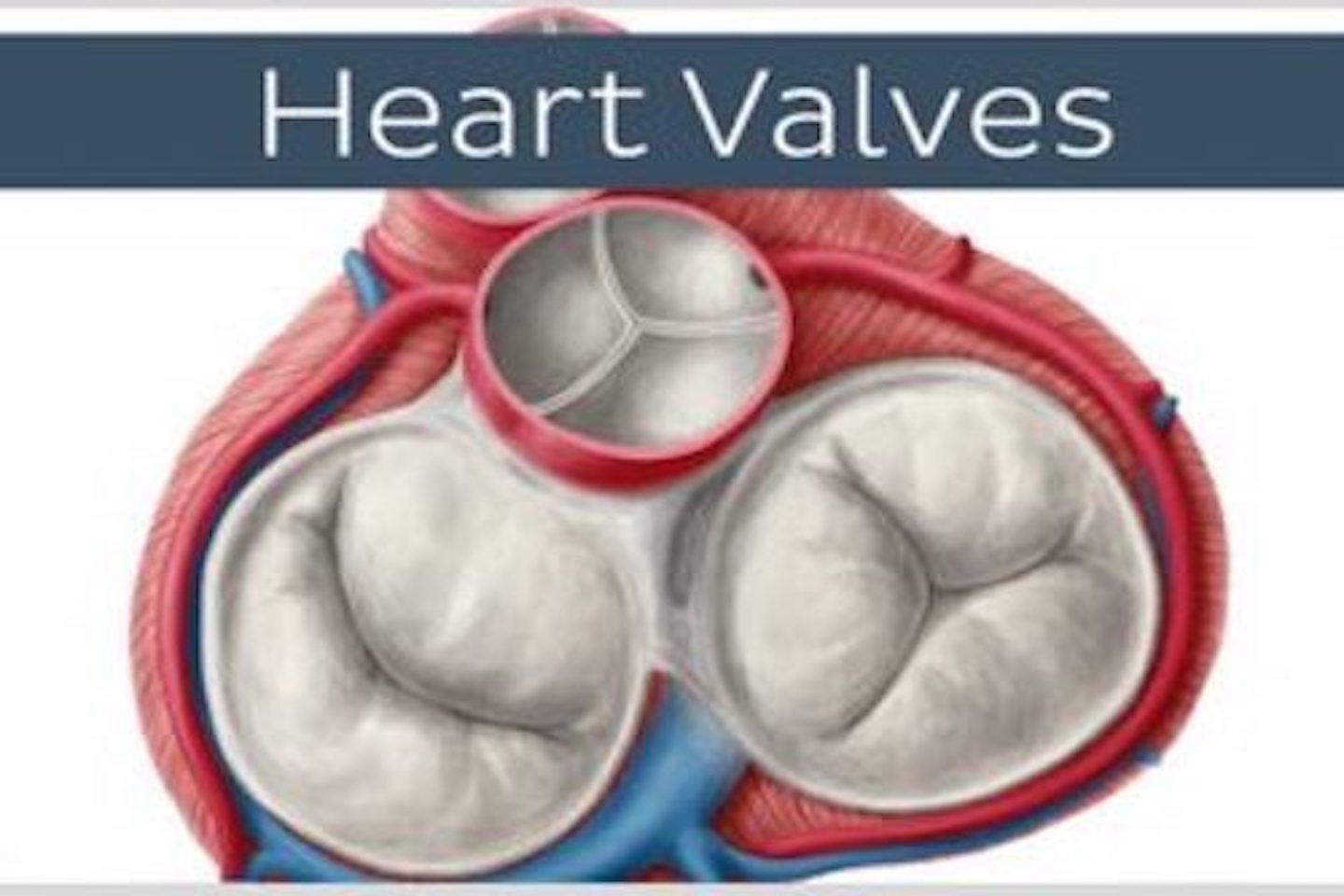India
healthysoch
New Delhi, March 17, 2024:
Author: Prof. Dr. ManojKumar Rohit, Professor, Dept. of Cardiology, PGIMER, Chandigarh
Transcatheter Aortic Valve Replacement (TAVR), also known as Transcatheter Aortic Valve Implantation (TAVI), is a less invasive alternative to surgical aortic valve replacement (SAVR) for patients deemed unsuitable for surgery due to age or comorbidities.
Aortic stenosis (AS), affecting approximately 7% of the population over 65 in the United States, poses considerable health concerns. Predominantly impacting men and often asymptomatic in its early stages, AS demands attention due to its adverse prognosis once symptoms manifest. Survival rates diminish significantly upon the onset of symptoms, with a dire prognosis associated with angina, syncope, and heart failure.
Echocardiography plays a crucial role in diagnosing AS, focusing on key parameters such as jet velocity and valve area. A jet velocity exceeding 4 m/s indicates severe AS, while a valve area below 1 cm² coupled with high jet velocity signifies the need for intervention, even in asymptomatic patients.
However, interpreting echocardiographic findings can be challenging, particularly in cases where gradients are borderline and ejection fraction is below 50%. In such scenarios, additional assessments including strain imaging and calcium scoring may provide valuable insights. A calcium score exceeding certain thresholds correlates with the severity of AS, aiding in decision-making regarding treatment strategies.
The rise of TAVR offers a less invasive alternative to surgical aortic valve replacement (SAVR), particularly for patients deemed unsuitable for surgery due to age or comorbidities. With advancements in TAVR techniques, patient selection criteria have expanded, encompassing factors such as coronary artery dimensions, annular anatomy, and the presence of concomitant cardiac pathologies.
Transcatheter Aortic Valve Replacement (TAVR) is a revolutionary technique introduced by Dr. Ellen Kier in 2002, offering improved outcomes for patients with complex anatomies or previous cardiac surgerie. TAVR mitigates the risks associated with prosthetic mismatch and hypertrophy, offering improved outcomes for patients with complex anatomies or previous cardiac surgeries.
Key trials, such as the Partner Trial, established TAVR as a commercially viable option for aortic valve replacement. Comparative analysis showed comparable long-term outcomes, with TAVR showing superior results in the immediate post-procedural period. Trans-femoral TAVR demonstrated lower mortality rates compared to alternative approaches.
In India, TAVR adoption has been steadily increasing, with around 20,000 procedures conducted in 2022 alone. The evolution of TAVR technology has led to advancements in valve design and implantation techniques, resulting in improved patient outcomes and reduced need for post-procedural interventions.
The evolution of TAVR technology has led to significant advancements in valve design and implantation techniques, resulting in improved patient outcomes and reduced need for post-procedural interventions such as pacemaker implantation. As technology continues to evolve, TAVR remains a cornerstone in the management of aortic valve disease, offering hope and improved quality of life for patients worldwide.
In 2012, the initial commercial introduction of Core W marked the beginning of a significant advancement in wall technology. Since then, there have been notable improvements, with increasingly sophisticated walls being introduced, including what Metronic plans to unveil in 2024. However, careful consideration is essential to ensure optimal patient outcomes, as certain clinical scenarios still warrant surgical intervention.
The use of transcatheter aortic valves (TAVs) has seen a gradual reduction in the number of patients requiring pacemakers.In a case involving a 72-year-old male with severe symptoms due to calcification in the walls, a percutaneous coronary intervention (PCI) was performed, leading to improved symptoms and a significant reduction in the aortic wall gradient.
A 65-year-old hypertensive female with severe calcific aortic stenosis and deteriorating renal function also underwent a PCI, followed by TAV placement under general anesthesia. Despite the challenges, the procedure was successful, with minimal complications and stable cardiac function post-operation.
These cases highlight the importance of advancements in wall technology and the importance of individualized treatment strategies based on patient characteristics and comorbidities. In patients with acute myocardial infarction and proximal left main disease, anoplasty may be necessary, followed by elective TAV replacement, minimizing access to coronary arteries.
Transcatheter aortic valve replacement (TAVR) is a promising treatment option for aortic valve disease, but it requires careful patient selection and ongoing research to optimize outcomes.
Current valves typically last 8-10 years, and newer-generation valves are needed for more challenging patient groups like those with bicuspid aortic valves, moderate stenosis, left ventricular dysfunction, and additional complications like aortic regurgitation. Mortality rates are comparable to surgery, and outcomes improve with newer-generation valves.
CT scans are crucial for diagnosis, especially in calcified cases where poor outcomes are observed. Stroke risk in TAV is low but higher than in normal procedures, emphasizing the need for careful risk assessment and patient selection.
In the context of rheumatic aortic stenosis, TAV is less common due to the fibrotic nature of the disease, but retrospective studies have shown feasibility and efficacy in this population.
Surgical or interventional management is warranted when ejection fraction drops below 50% or when severe stenosis is present with abnormal exercise tests. High-risk features such as severe stenosis with a velocity of over 5 m/s and valve area less than 0.6 cm² necessitate prompt intervention.
In conclusion, advancements in TAV technology and expanding indications offer promising outcomes for various patient populations, but careful patient selection and ongoing research are necessary to optimize treatment strategies and improve long-term outcomes in aortic valve interventions.
healtbysoch







